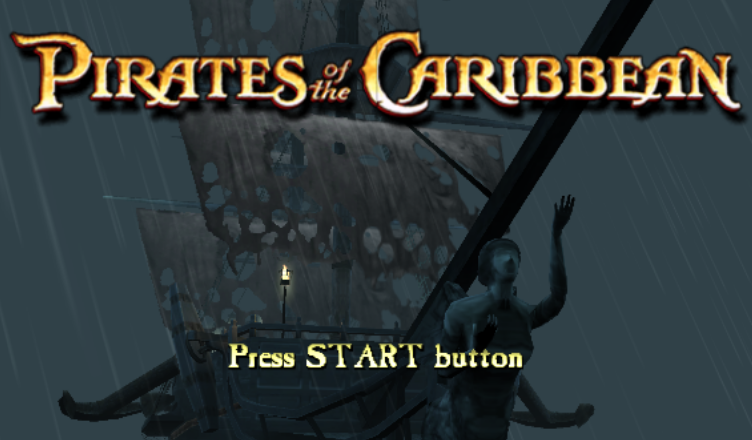Written by billscat-socks and togemet2.
It’s no secret that a good majority of prototypes are very bare bones in what they have to offer. In today’s case, we’ve got a couple of prototypes of the skulls and crossbones variety; two builds of Eurocom’s “Pirates of the Caribbean: At World’s End,” one for the original XBOX and another for the GameCube. These generously came to us through way of Andrew Earley, who in turn is a friend of the amazing Hard4Games.
What makes these builds especially interesting is they are both at least two years before the May, 2007 retail release of the final game. What’s more, both builds also never made it to retail on their respective consoles. Since the final game ended up on a wide variety of consoles, among which were the Wii and XBOX 360, these can be thought to represent what ultimately became those ports later on.
Beginning with the GameCube build, dated April 5, 2004, this build seems to very much be mid-way through development. At this point the game is simply titled Pirates of the Caribbean with no subtitle. Booting up the game shows a splash screen that tells us this is a PSP and PlayStation 2 title, possibly a hint at what their original development platforms were. This is made even more painfully obvious when prompts for the Triangle button on a PS2 pad show up near NPCs in-game.
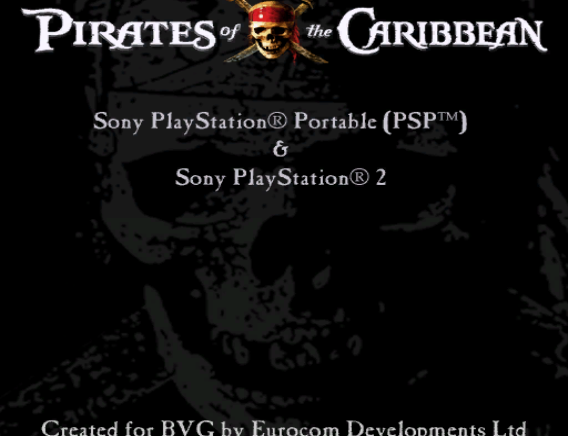
Being the most complete build of the two, all levels from the final game are available in various states of completion, albeit some under different names. One level titled “Cannibal Isle” later became “Isla de Pelegostos” while another titled “Hell” was changed to “Davy Jone’s Locker.” Perhaps the work of Nintendo censorship is behind this?
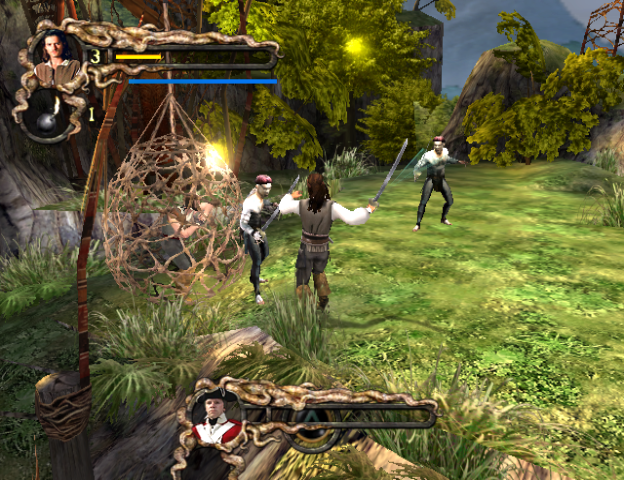
Starting a new game takes you to Tortuga, the fifth level in the game, leaving the first level only accessible through the level select option at the title. This level, like a couple of the others, seems pretty far along, but your character freezes up when freeing prisoners from their cells, so not much can be explored. Speaking of freezing, the Z button lets you switch your character model at any time, but on some levels this seems to crash the game.
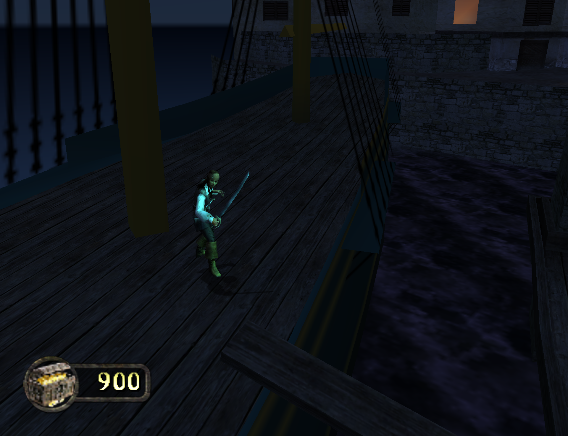
Further exploration shows that while some levels are untextured in parts and generally incomplete, most layouts seem to be established at this point. Some have a preliminary cutscene transition to secondary areas, while others are pretty barren with scarse enemies and don’t allow you to explore more than a linear path before hitting a dead end. Other differences include different camera angles, as well as a couple of levels taking place at different times of the day.
Other features include a Test Level option (complete with a “Jackanisms” test room that brings to mind something out of a David Lynch film) and some early bonus games.
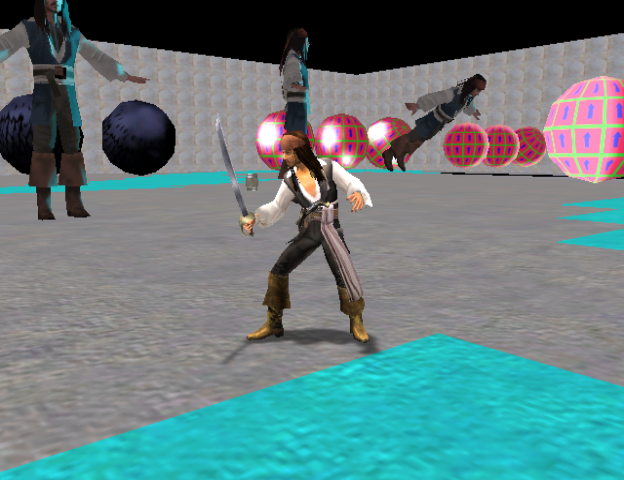
The next build, which the title screen shows is called “Pirates of the Caribbean: The Adventures of Jack Sparrow,” is for the original XBOX and is more of an anomaly. This version appears to be even earlier than the GameCube build. The file name of 04_07_05 seems to imply April 7, 2005, but the game concept shown here is different from what the GameCube build has to offer; instead of a fixed camera with linear stages, this build has a free movement camera and you’re not given any linear path to traverse.
Besides a couple of test rooms, only one textured level titled “Fort Prototype” is available, and it doesn’t seem to be anything in the GameCube build. If this really is an earlier concept for what became “At World’s End,” it may be possible this is actually a whole year prior and the date is meant to be read as July 5, 2004. Whatever the case, it’s a rare look at a stage of development that up to now was unknown.
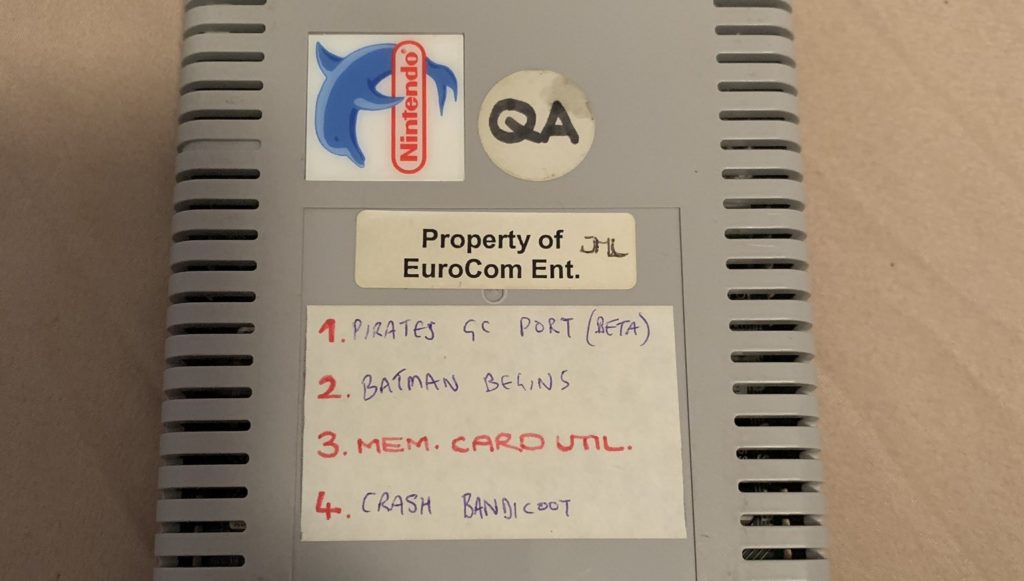
Image: Andrew Earley
It should be noted that at this time, the XBOX version cannot be emulated, and can only be played by loading it onto a developer unit.

